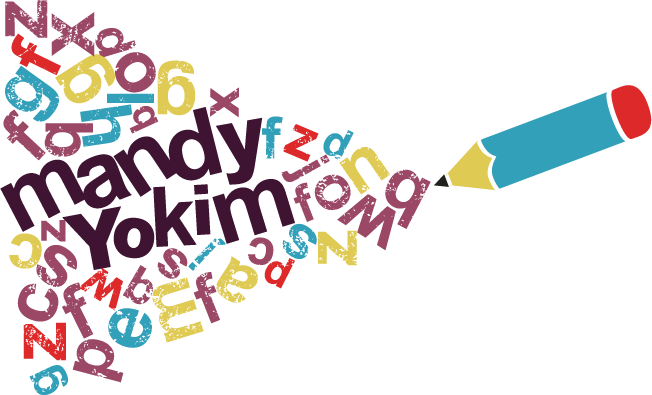My husband got me some beautiful yellow and red roses for my birthday recently and put them in little vases all throughout the house. As a result, I’ve been “stopping-to-smell-the-roses” a lot more and I’ve been taking photos of them and just, you know, noticing how amazing nature is.
And because I also like math, I couldn’t help but notice the spirals in the roses and that made me think of the Fibonacci Sequence. Just look at these gorgeous spirals.
Do you remember the Fibonacci Sequence? 0, 1, 1, 2, 3, 5, 8, 13, 21, 34, 55, 89, 144, etc…
If you don’t, no worries, here’s a refresher that can also serve as an introduction for your kids.
Lastly, because I love books I thought, “I wonder how many Fibonacci picture books are out there?” Now, I knew there was at least one because the kids and I have read the first one in this list before. Turns out there are a few more!
I hope you enjoy this list of Fibonacci picture books. Nature + Math + Picture Books = Fun Learning
BLOCKHEAD: THE LIFE OF FIBONACCI
“As a young boy in medieval Italy, Leonardo Fibonacci thought about numbers day and night. He was such a daydreamer that people called him a blockhead. When Leonardo grew up and traveled the world, he was inspired by the numbers used in different countries. Then he realized that many things in nature, from the number of petals on a flower to the spiral of a nautilus shell, seem to follow a certain pattern. The boy who was once teased for being a blockhead had discovered what came to be known as the Fibonacci Sequence. Blockhead is a 2011 Bank Street – Best Children’s Book of the Year.” (from IndieBound.org)
FIBONACCI ZOO
“When Eli and his father visit an unusual zoo, they count the creatures in each exhibit. Eli sees one alligator, then one bison, and next two camels. Soon a number pattern emerges and Eli thinks he can predict how many animals will be in the next exhibit. Explore the zoo with Eli as he runs ahead to test his hypothesis.” (from IndieBound.org)
WILD FIBONACCI: NATURE’S SECRET CODE REVEALED
“1, 1, 2, 3, 5, 8, 13, 21, 34. . . Look carefully. Do you see the pattern? Each number above is the sum of the two numbers before it. Though most of us are unfamiliar with it, this numerical series, called the Fibonacci sequence, is part of a code that can be found everywhere in nature. Count the petals on a flower or the peas in a peapod. The numbers are all part of the Fibonacci sequence. In Wild Fibonacci, readers will discover this mysterious code in a special shape called an equiangular spiral. Why so special? It mysteriously appears in the natural world: a sundial shell curves to fit the spiral. So does a parrot’s beak. . . a hawk’s talon. . . a ram’s horn. . . even our own human teeth Joy Hulme provides a clear and accessible introduction to the Fibonacci sequence and its presence in the animal world.” (from IndieBound.org)
THE RABBIT PROBLEM
“How does 1+1 = 288? A family of rabbits soon supplies the answer in this funny story Hop along to Fibonacci’s Field and follow Lonely and Chalk Rabbit through a year as they try to cope with their fast expanding brood and handle a different seasonal challenge each month, from the cold of February to the wet of April and the heat of July. This extraordinary picture book is packed with gorgeous details and novelty elements including a baby rabbit record book, a carrot recipe book and a surprise pop-up ending.” (from IndieBound.org)
RABBITS RABBITS EVERYWHERE
“Each week the residents of Chee take a portion of their bountiful crops to the wizard who lives on the hill. One week the Pied Piper decides that the wizard doesn’t deserve his full portion. The next day two rabbits appear in a field. The day after that, there are two more rabbits. Each day the number of rabbits increases and they are eating everything in their path. It is up to a young girl named Amanda to save Chee’s crops by figuring out the pattern by which the rabbits multiply.” (from IndieBound.org)
Thanks for reading!



